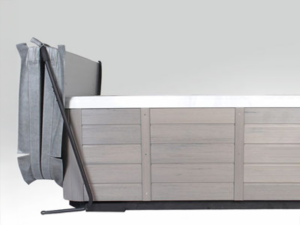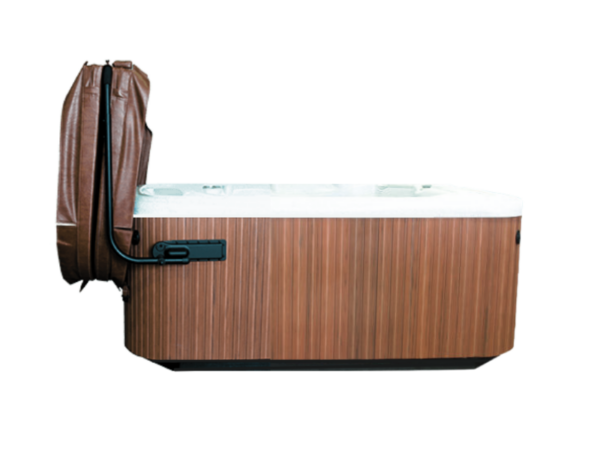
When it comes to keeping your hot tub or spa in great condition, one of the most important accessories you can invest in is a high-quality cover. Whether you’re looking to protect your hot tub from the elements or keep it energy-efficient, a good cover ensures longevity and safety. At Hot Tub Cover Spot, we offer a range of premium covers designed to meet your specific needs. Our hot tub and spa covers provide unmatched protection, comfort, and energy savings.
Why Hot Tub Covers Are Essential
A Hot Tub Cover is more than just a simple accessory for your hot tub—it plays a critical role in maintaining your tub’s performance and lifespan. Here are some key benefits of using a high-quality hot tub cover:
Protection from the Elements: A durable cover shields your hot tub from rain, snow, dirt, and debris, preventing damage and wear caused by weather conditions. It also helps keep the water clean, reducing the need for constant cleaning and maintenance.
Energy Efficiency: Hot tubs can be energy-intensive, and a good cover helps keep the heat in. By insulating the water, your cover helps retain heat, which reduces the energy required to maintain the right temperature. This results in lower energy bills and a more eco-friendly setup.
Extended Hot Tub Lifespan: The added protection from elements, dirt, and debris means your hot tub will remain in top shape for much longer. By using a cover, you’re reducing the wear and tear that could cause parts to deteriorate prematurely.

Premium Spa Covers for Maximum Performance
A Spa Cover is designed to provide a perfect fit for your spa while offering the same high-level protection and energy efficiency as our hot tub covers. When you invest in a high-quality spa cover, you ensure that your spa stays in peak condition, extending its life and saving you money on heating and cleaning.
Here’s why choosing a premium spa cover is essential:
Tailored Fit: Unlike generic covers, premium spa covers are designed specifically to fit your spa model, ensuring complete coverage and maximum insulation. A properly fitted cover prevents heat from escaping and keeps your spa secure from external elements.
Durability: Our premium spa covers are made from high-quality materials that can withstand the harshest conditions. Whether it’s intense sun, heavy rain, or freezing temperatures, these covers are built to last.
Easy Handling: With sturdy, lightweight designs, our spa covers are easy to handle. Many of our covers are designed with handles or built-in features that make removal and replacement simple, even for one person.
Why Choose Hot Tub Cover Spot?
At Hot Tub Cover Spot, we specialize in providing high-quality, durable covers for both hot tubs and spas. Our covers are designed to meet the needs of all customers, ensuring that you get a product that provides maximum protection, insulation, and safety.
Long-Term Savings: Investing in a high-quality cover is an investment in long-term savings. Not only do you save on energy bills, but you also reduce the frequency of repairs and maintenance, allowing you to enjoy your hot tub or spa for years to come.
Variety of Options: From our Hot Tub Covers to Premium Spa Covers, we offer a variety of cover options to suit different hot tubs, spas, and customer needs. Whether you’re looking for added insulation or a cover that’s easy to handle, we’ve got you covered.

How to Choose the Right Hot Tub or Spa Cover
When choosing between a hot tub cover and a spa cover, it’s important to consider the size, shape, and model of your hot tub or spa. Custom-fit covers are always the best option, as they provide complete protection and maximize energy efficiency.
To ensure you choose the right cover, you should:
- Measure your hot tub or spa carefully to ensure the cover fits perfectly.
- Consider the weather conditions in your area. If you live in an area with extreme temperatures or frequent rain, it’s important to choose a cover with high durability and excellent insulation.
Conclusion: Invest in the Best Protection for Your Hot Tub and Spa
A high-quality cover is an essential investment for maintaining the performance and longevity of your hot tub or spa. Whether you’re looking for a Hot Tub Cover or a Premium Spa Cover, choosing the right one will ensure that your spa remains clean, energy-efficient, and safe for years to come.



